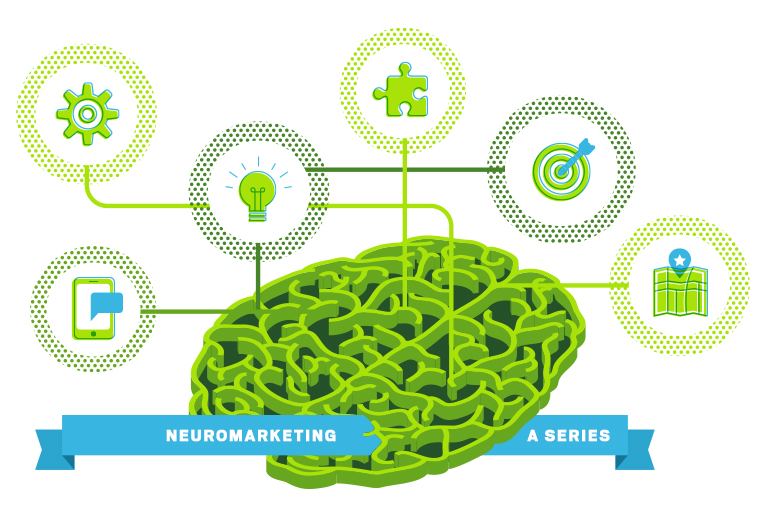With the rise of digital media, content now extends well beyond the printed page to include smartphones, tablets, and laptops. For marketing professionals, the digital world presents a growing array of choices for advertising and sponsored content. Yet printed publications — including trade magazines and journals — still serve a key role in getting your message seen and remembered by your target audience. In fact, the global print media market is expected to grow from $332.75 billion in 2023 to $342.41 billion in 2024.
So why does print media continue to stand the test of time and even continue to grow in the digital age of today? Here, we’ve identified 7 reasons why print advertising and marketing continue to add value.
Reason #1: Print is Trusted
Tangible print media comes with legitimacy. Though outnumbered by their digital counterparts, print publications are still the most desirable avenues for award winning scientists and journalists. In our 2023 C&EN Buying Power Survey, 56% of respondents named articles in magazines and journals as preferred sources of information for new products and technologies. A broader study by eMarkerter found that 46% of U.S. adults say they trust print ads while fewer than 1 in 5 adults (19%) said they trusted social media ads. Many print publications have spent decades building a reputation, and they hold their content to a high standard. If consumers trust a publication, they’re likely to pass that trust onto the marketing messages within it.

Reason #2: Print Has Science on its Side
When reading a newspaper or opening up a new magazine, it’s a multi-sensory experience that makes the content more memorable for a reader.
A Neuromarketing study by Temple University and the U.S. Postal Service Office explored this phenomenon and found that print ads elicited a stronger emotional response in consumers than their digital counterparts and, overall, had a longer-lasting impact. Participants spent more time with the physical ads and in turn, they also remembered them more quickly and confidently.
Reason #3: Print Readers Have Buying Power
Print media tends to attract an affluent and influential audience. Seventy percent of households with incomes above $100,000 read newspapers. And nearly 80% of consumers act on direct printed mail advertisements compared to 45% of consumers who act on electronic advertisements. In the B2B life science space, our 2023 C&EN Buying Power Survey found that 87% of our readers are involved in the purchasing process with 47% having or sharing final purchasing authority. And because print readers must subscribe to receive content, print audiences are well-defined and audited allowing advertisers to reach a desirable market.

Reason #4: Print Gets a More Focused Eye
From dawn until dusk, our daily lives are inundated by a never-ending barrage of digital activity. We work on computers, multi-task on smartphones, and entertain ourselves on tablets and televisions. Print allows you to step away. It catches people when they’re singularly focused on the page in front of them – not going back and forth between multiple screens. A reader who is fully attentive to the page ahead is more likely to resonate with your branding message.
Reason #5: Yes, Gen Z Reads Print
Contrary to popular belief, the rising generation does consume news through traditional media. It’s true that many members of Gen Z (and Millennials as well) gather information through social media and YouTube. However, because they grew up in the digital age, they understand that not everything you see online is credible. And, like the generations before them, they appreciate the tactile experience of actually holding print media in their hands. A study by the American Press Institute found that 74% of 16- to 40-year-olds get news and information at least weekly from traditional news sources, including print newspapers. This same demographic reported a greater trust in newspapers (both print and online) than in social media news sources.

Reason #6: Print Boosts Digital Campaigns
Digital marketing continues to gain popularity and be valuable because of its targeting ability and easy to measure ROI. However, digital campaigns that add a print component can see a significant boost in results.
In a survey conducted by USPS, marketers who combined digital and print campaigns saw increased website visits, response rates, ROI and leads. Used in conjunction, print and digital marketing components can complement one another to create strategic and effective campaigns.
Reason #7: Print is Resilient
Print media has existed for centuries. At its start, it was the only form in which media existed. Through radio, television, and now the digital age, print has maintained its credibility and found ways to flourish. The rise of digital only gives marketers added power to leverage print media more effectively. What was once the only option is now one piece of a greater whole.
It’s clear that print has more competition these days, but that’s a good thing. With so many media channels, both consumers and marketers are given the luxury of choice — the ability to utilize the right avenue for the right goal. With all of its inherent advantages, print will always be a centerpiece of content and marketing strategy.
For more insight on life science marketing, make sure to subscribe to our newsletter.


















